Super Soil Recipe: How to Make Your Own Organic and Potent Soil Mix for Your Cannabis Plants
Super soil is a term for a soil mix that provides all the nutrients your cannabis plants need from seed to harvest, without the need for any additional fertilizers or supplements. Super soil is also known as living soil, organic soil, or no-till soil, and it can produce high-quality, potent, and flavorful buds with minimal effort and cost. In this blog article, you will learn how to make your own super soil recipe from scratch, using natural and organic ingredients that you can easily find online or at your local garden store. You will also learn the benefits of using super soil for your cannabis plants, and how to use it properly to get the best results. By the end of this article, you will have a clear understanding of what super soil is, why it works, and how to make it yourself. Let’s get started!
Table of Contents
Choosing the Right Ingredients for Your Super Soil Mix
Choosing the right ingredients for your super soil mix is crucial in ensuring the optimal growth and health of your plants. With so many options available, it can be overwhelming to identify the best components for your soil mix. However, by understanding the specific needs of your plants and considering the properties of different ingredients, you can create a balanced and nutrient-rich soil mix that will support their development.
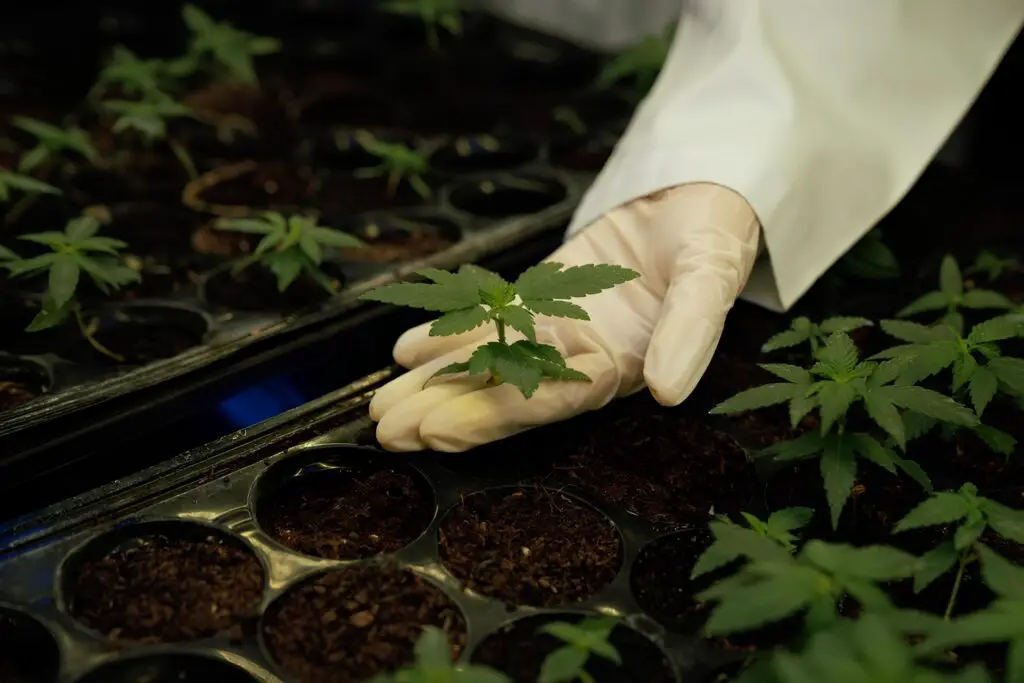
One important factor to consider is the organic matter content of the ingredients. Organic materials, such as compost, manure, and worm castings, are rich in essential nutrients and beneficial microorganisms that enhance soil fertility. These organic ingredients improve soil structure, moisture retention, and nutrient availability, providing a healthy environment for plant roots. Additionally, they contribute to the long-term sustainability of your garden by reducing the dependence on synthetic fertilizers and promoting natural soil processes.
The Benefits of Using Organic Materials in Your Soil Mix
Using organic materials in your soil mix offers numerous benefits that can enhance the health and productivity of your plants. Firstly, organic materials like compost and manure contain a wide range of essential nutrients that are slowly released into the soil over time. This ensures a steady supply of nutrients for your plants, reducing the risk of nutrient deficiencies or excesses that can hinder growth.
Additionally, organic materials improve the structure of the soil, allowing it to retain moisture and nutrients more effectively. This is particularly important for cannabis plants, as they require well-drained soil with good water holding capacity. By incorporating organic materials into your soil mix, you can create a balanced environment that promotes healthy root growth and minimizes the risk of root diseases.
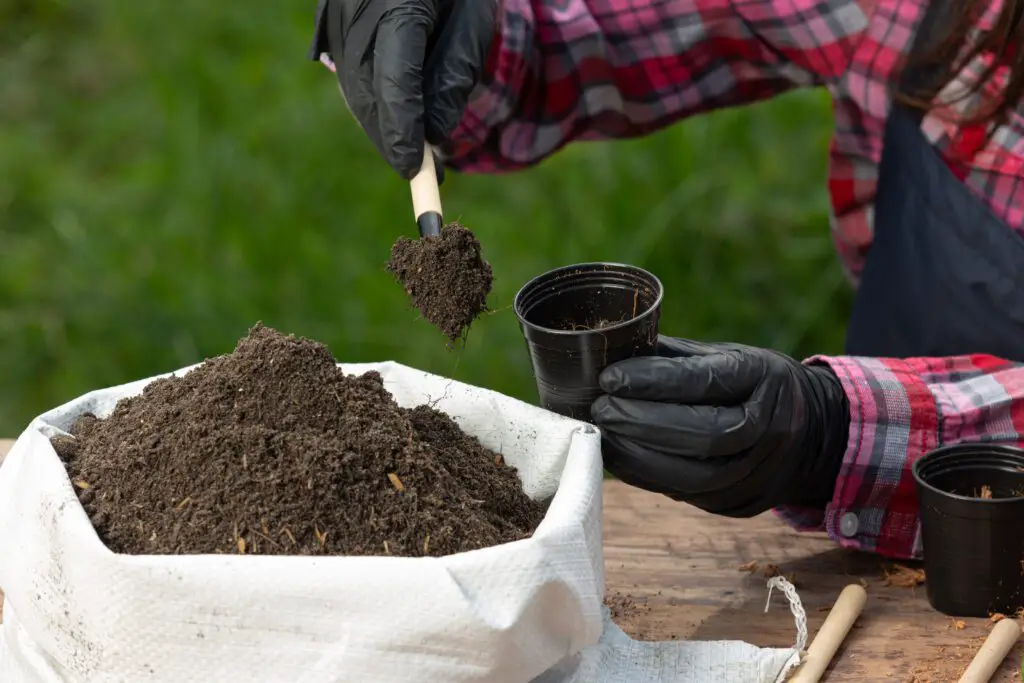
Moreover, organic materials contribute to the overall health of the soil ecosystem. They support the growth of beneficial microorganisms, such as bacteria and fungi, which play a crucial role in breaking down organic matter and making nutrients more available to plants. These microorganisms also help to suppress harmful pathogens and improve soil fertility. By using organic materials, you can foster a thriving soil ecosystem that supports the long-term health and vitality of your plants.
Step-by-Step Guide to Creating Your Super Soil Recipe
Creating a super soil recipe for your cannabis plants can seem like a daunting task, but with a step-by-step guide, you can easily achieve a nutrient-rich mix that will promote healthy growth. The first step is to gather all the necessary ingredients, which include a high-quality organic potting soil, compost, worm castings, bone meal, blood meal, bat guano, and perlite. These ingredients will provide the essential nutrients and beneficial microorganisms that your plants need. The detailed ingredients and concentrations for the best super soil recipe for weed as per our experience are given in the table:
| Ingredient | Amount |
|---|---|
| Organic potting soil with mycorrhizae and coco fiber | 8 large bags |
| Worm castings | 25-50 lbs |
| Blood meal | 5 lbs |
| Bat guano | 5 lbs |
| Steamed bone meal | 5 lbs |
| Epsom salt | 3/4 cup |
| Rock phosphate | 3 lbs |
| Dolomite lime | 1/2 cup |
| Azomite | 1/2 cup |
| Humic acid | 2 tbsp |
Next, it’s time to mix the ingredients together. Start by moistening the potting soil to make it easier to work with. Then, add in your compost, worm castings, and perlite. These components will improve soil structure, retain moisture, and provide beneficial organisms. To ensure a proper nutrient balance, add bone meal for phosphorus, blood meal for nitrogen, and bat guano for a boost of micronutrients. Use a gardening fork or shovel to mix everything thoroughly, making sure the ingredients are evenly distributed throughout the soil.
Once your super soil mix is ready, it’s essential to let it sit and “cook” for 4-6 weeks before using it. This process allows the microbial activity to break down organic matter, releasing the nutrients in a form that plants can readily absorb. During this time, you can periodically turn the soil to ensure proper aeration. After the waiting period, your super soil will be ready to use, providing your cannabis plants with the ideal growing environment. Whether you’re an experienced gardener or a beginner, following these steps will help you create a super soil mix that nurtures healthy and thriving cannabis plants.
Exploring the Different Components of a Super Soil Mix
When it comes to creating a super soil mix, there are several different components that play a crucial role in providing the ideal conditions for plant growth. One important component is peat moss, which helps to retain moisture in the soil while also improving its structure. This is particularly beneficial for plants that require well-draining soil.
Another key ingredient in a super soil mix is compost. Compost is rich in organic matter and nutrients that are essential for plant growth. It also improves the soil’s ability to hold onto water and nutrients, making it an important component in promoting healthy root development. Additionally, compost adds beneficial microorganisms to the soil, which help to break down organic matter and release nutrients that are easily absorbed by plants.
The Table below here shows the functions, benefits and drawback of different components of Super Soil Mix:
| Component | Function | Benefits | Potential Drawbacks |
|---|---|---|---|
| Base Mix | Provides structure, aeration, and water retention | High-quality potting soil: Contains nutrients and organic matter. Compost: Adds beneficial microbes, nutrients, and improves drainage. Coco coir: Improves drainage and holds moisture. Aeration amendments: Perlite, pumice, or rice hulls improve drainage and air circulation. | – Can be expensive. – May require additional amendments depending on specific needs. |
| Organic Fertilizers | Provide slow-release nutrients for long-term feeding | Worm castings: Rich in nutrients and beneficial microbes. Bat guano: High in phosphorus, good for flowering. Bone meal: Slow-release source of phosphorus and calcium. Blood meal: Rich in nitrogen, good for vegetative growth. Fish bone meal: Slow-release source of phosphorus and calcium. Kelp meal: Rich in trace minerals and promotes plant growth. | – Can be strong-smelling. – Some may require pre-composting. – May not be suitable for all plants. |
| Mineral Amendments | Provide essential nutrients and improve soil pH | Rock dust: Provides trace minerals and improves soil structure. Glacial rock dust: Rich in silica and improves soil health. Dolomite lime: Raises pH and provides calcium and magnesium. Oyster shell: Raises pH and provides calcium. | – Can be heavy and expensive. – May not be necessary for all soils. – Overuse can raise pH too high. |
| Microbial Additives | Enhance soil health and nutrient availability | Mycorrhizae fungi: Help plants absorb nutrients and water. Compost tea: Adds beneficial microbes and nutrients. Trichoderma fungi: Suppress harmful pathogens. | – May be expensive. – Can be difficult to find. – May not be necessary for all soils. |
Other components that are commonly used in super soil mixes include perlite, vermiculite, and coconut coir. Perlite and vermiculite are both lightweight materials that improve aeration and drainage in the soil. Coconut coir, on the other hand, is a sustainable alternative to peat moss and provides similar benefits in terms of water retention and soil structure.
By carefully considering and selecting the different components for your super soil mix, you can create an optimal growing environment for your plants. The combination of peat moss, compost, perlite, vermiculite, and coconut coir provides a balanced and nutrient-rich medium that supports healthy plant growth. However, it’s important to keep in mind that every plant has different needs, so it’s always a good idea to research specific plant requirements and adjust your super soil mix accordingly.
Understanding the Role of Microorganisms in Your Super Soil Mix
Microorganisms play a crucial role in the success of your soil mix by contributing to its overall health and fertility. These tiny organisms, including bacteria, fungi, and protozoa, are responsible for a range of important functions that promote nutrient availability and plant growth.
One of the key roles of microorganisms in your soil mix is the decomposition of organic matter. As organic materials break down, microorganisms feed on them, releasing essential nutrients in the process. This nutrient recycling is vital for a thriving garden, as it ensures that the soil remains rich in the elements plants need to grow and thrive.
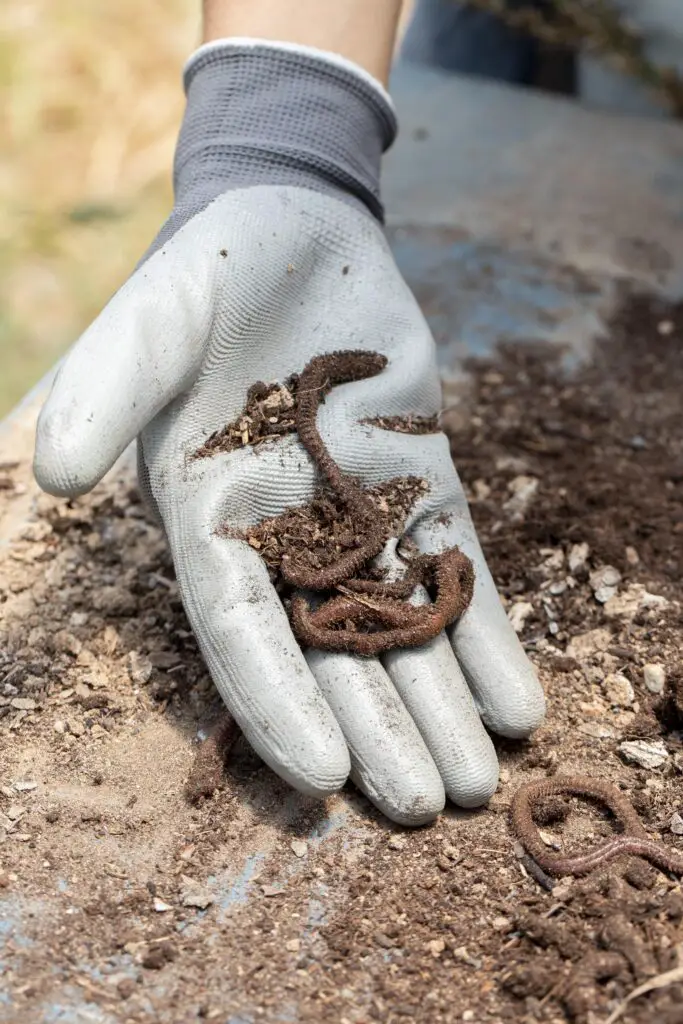
Additionally, microorganisms help improve soil structure. Fungi, for example, form networks of filaments called mycelium, which create a complex web throughout the soil. This mycelial network acts like a glue, binding soil particles together and creating channels for air and water movement. This enhances the soil’s ability to retain moisture while also allowing roots to access oxygen more easily.
Furthermore, microorganisms play a critical role in the nutrient cycling process. Some bacteria and fungi have the ability to convert atmospheric nitrogen into a form that plants can utilize, a process known as nitrogen fixation. This helps replenish nitrogen levels in the soil, reducing the need for synthetic fertilizers and promoting a more sustainable approach to gardening.
Overall, the presence and activity of beneficial microorganisms in your soil mix are essential for a thriving garden. By aiding in organic matter decomposition, improving soil structure, and participating in nutrient cycling, these microscopic helpers contribute to the overall health and fertility of your soil, providing the ideal conditions for your plants to flourish.
The Significance of pH Levels and Nutrient Balance in Super Soil
Maintaining the proper pH levels and nutrient balance in your super soil is crucial for the overall health and successful growth of your plants. pH levels refer to the acidity or alkalinity of the soil, which can greatly affect nutrient availability. Most cannabis plants thrive in slightly acidic to neutral pH ranges of 6.0 to 7.0. When the pH level is too high or too low, it can lead to nutrient deficiencies or toxicities, hindering plant growth and development.
To ensure optimal pH levels, it is essential to regularly test the soil using a pH meter or testing kit. If the pH level is too high, meaning the soil is alkaline, you can lower it by adding organic matter such as peat moss or sulfur. On the other hand, if the pH level is too low, indicating acidic soil, you can raise it by incorporating limestone or wood ash into your mix. Maintaining the right pH level in your super soil promotes the proper absorption and uptake of essential nutrients, allowing your plants to thrive.
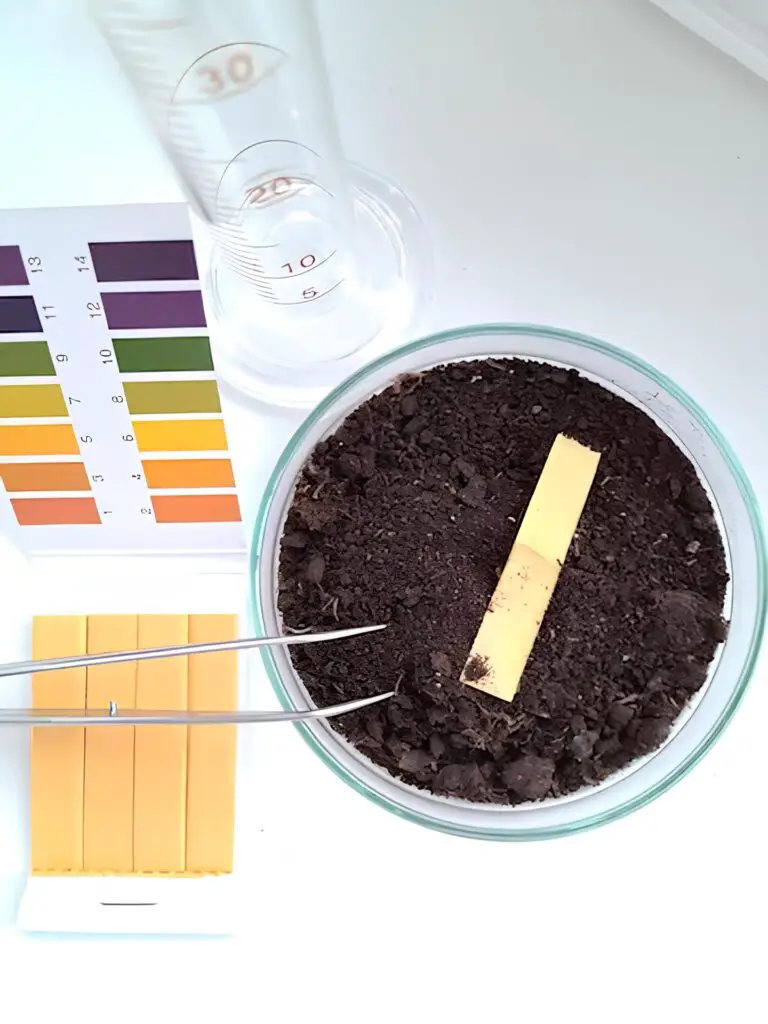
Achieving the appropriate nutrient balance is equally important for the health of your plants. A well-balanced super soil mix should provide a sufficient supply of macronutrients (nitrogen, phosphorus, and potassium) as well as essential micronutrients. These nutrients play vital roles in various plant functions, including photosynthesis, root development, and overall growth. By ensuring the right nutrient balance, you can prevent nutrient deficiencies or excesses that could stunt your plants or lead to other health issues. Regularly monitoring the nutrient levels in your super soil and adjusting as needed will keep your plants healthy and promote optimal growth.
Tips for Properly Maintaining and Caring for Your Super Soil Mix
Properly maintaining and caring for your super soil mix is essential to ensure the optimal growth and health of your cannabis plants. Here are some important tips to help you get the most out of your soil mix:
1. Regularly monitor moisture levels: Super soil tends to retain water more than traditional soil mixes, so it’s crucial to keep an eye on moisture levels. Use a moisture meter or simply feel the top inch of soil with your finger to assess if watering is needed. Overwatering can lead to root rot, while underwatering can cause stress and stunted growth. Find the right balance by watering when the soil feels slightly dry but not completely parched.
2. Avoid over-fertilization: One of the key advantages of super soil is its ability to provide a slow release of nutrients over time. Therefore, it’s important to resist the temptation to add additional fertilizers to the mix. Over-fertilization can result in nutrient imbalances and toxicity, which can negatively impact plant health. Trust in the nutrient-rich composition of your super soil and resist the urge to supplement it with excessive fertilizers.
By following these maintenance tips, you can ensure that your super soil mix remains healthy and provides all the necessary nutrients for your cannabis plants to thrive. With the right care, you’ll be rewarded with healthy, high-yielding plants that will bring joy and satisfaction to your gardening endeavors.
How to Test and Adjust pH Levels in Your Soil Mix
Maintaining the proper pH levels in your soil mix is crucial for the health and vitality of your plants. To ensure optimal conditions, it’s important to regularly test and adjust the pH levels as needed.
Testing the pH of your soil mix can be easily done using a pH testing kit or a digital pH meter. Simply take a soil sample from various areas of your growing medium and mix it with distilled water in a 1:1 ratio. After allowing the mixture to sit for a few minutes, insert the pH probe into the solution and take a reading. A pH level between 6 and 7 is generally ideal for most plants, but specific plant varieties may have different preferences.
If your soil mix’s pH is too acidic (below 6), you can raise it by adding agricultural lime or dolomite lime to the mix. These types of lime will gradually raise the pH level over time. On the other hand, if the pH is too alkaline (above 7), you can lower it by incorporating elemental sulfur or acidic amendments like peat moss or pine needles. It’s important to note that adjusting pH levels is a gradual process, so be patient and make incremental changes. Regularly testing and adjusting the pH levels will help create the optimal environment for your plants to thrive.
Remember, maintaining the correct pH levels in your soil mix is just one aspect of providing the best conditions for your plants. Stay tuned for the next section, where we will explore the essential role of nutrient balance in super soil and how it impacts plant growth and development.
Composting Techniques to Enhance the Quality of Your Soil
Composting is an essential technique for enhancing the quality of your soil. By decomposing organic materials, you can create a nutrient-rich amendment that not only improves soil structure but also provides a steady supply of essential nutrients for your plants. There are several composting techniques you can employ to achieve the best results.
One popular method is the traditional compost pile, where you mix together a combination of “green” materials, such as kitchen scraps and fresh grass clippings, with “brown” materials like dried leaves or straw. The pile needs to be turned regularly to ensure proper aeration and decomposition. Temperature and moisture levels should also be monitored to promote the breakdown of organic matter. Another technique is vermicomposting, which involves using redworms to break down organic waste. This process is known for producing high-quality compost quickly, as the worms help accelerate decomposition through their feeding and burrowing activities. Additionally, there are compost tumblers available, which provide a convenient and efficient way to compost in a small space. These containers can be rotated, ensuring consistent airflow and mixing for faster breakdown of organic matter.
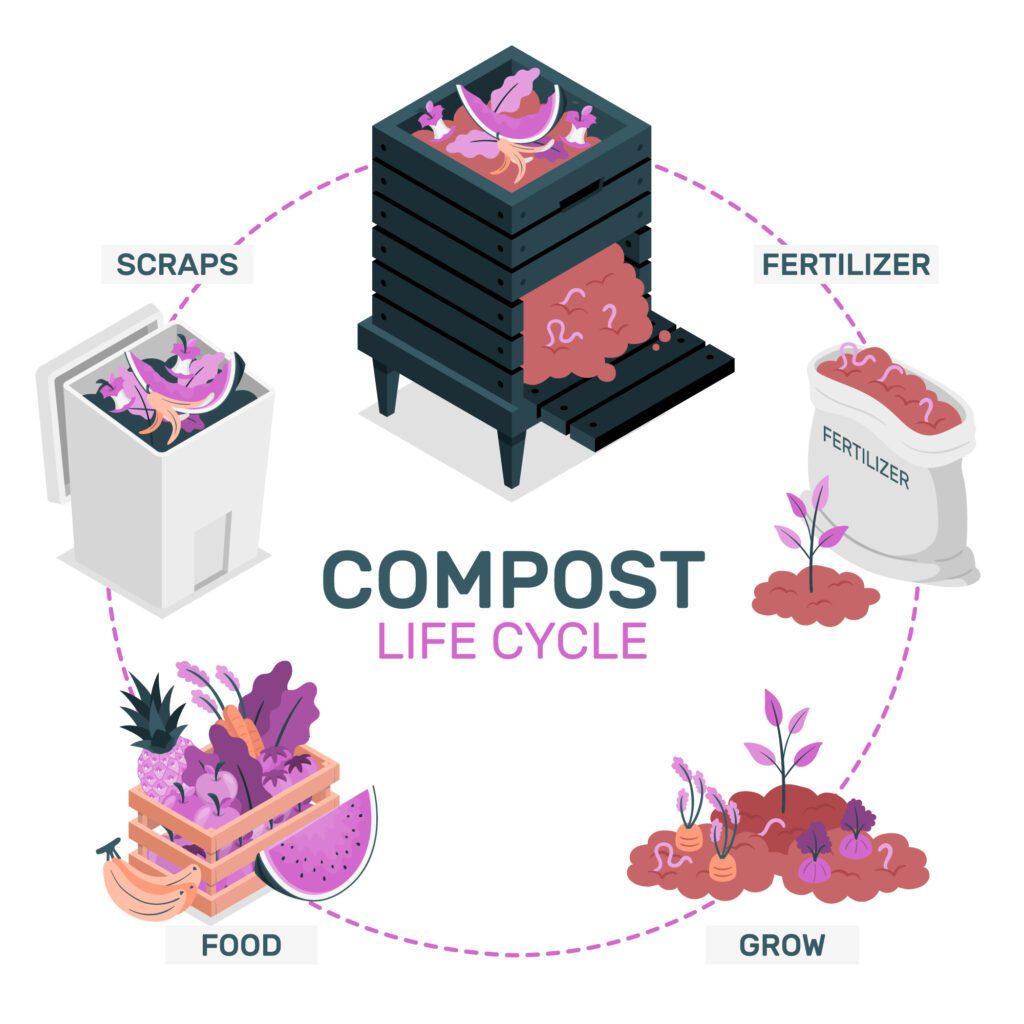
Understanding the Nutrient Needs of Cannabis Plants in Super Soil
Understanding the nutrient needs of cannabis plants is essential for successful cultivation in super soil. Cannabis plants require a balanced combination of macronutrients, micronutrients, and trace elements to thrive and produce high-quality yields.
Macronutrients, including nitrogen (N), phosphorus (P), and potassium (K), are vital for the overall growth and development of cannabis plants. Nitrogen is essential for healthy leaf and stem growth, phosphorus stimulates root development and promotes flowering, while potassium contributes to overall plant health and disease resistance. It is important to note that while these macronutrients are crucial, an excess or deficiency of any one nutrient can lead to imbalances and hinder plant growth.
In addition to macronutrients, cannabis plants also benefit from micronutrients such as iron, manganese, zinc, and copper. These trace elements are required in smaller quantities but play vital roles in enzyme activation, chlorophyll production, and other essential plant processes. Ensuring the availability of these micronutrients is crucial for maximizing plant health and productivity.
When cultivating cannabis in super soil, it is important to strike a balance between providing enough nutrients for optimal growth without causing nutrient burn or toxicity. Monitoring nutrient levels and understanding the specific requirements of cannabis plants throughout different growth stages is crucial for maintaining a healthy and robust garden. By analyzing soil composition, conducting nutrient testing, and adjusting accordingly, growers can provide their cannabis plants with the precise nutrient profile they need to flourish in super soil.
To gain valuable insights into optimizing nutrient balance for cannabis plants,watch the video!
Troubleshooting Common Issues with Super Soil Mixes
One of the common challenges that gardeners face when using super soil mixes is over-watering. While it is important to keep the soil moist, excessive watering can lead to root rot and nutrient leaching. To prevent this, make sure to water your plants only when the top inch of the soil feels dry. Additionally, consider using pots with good drainage to allow excess water to escape. If you notice signs of over-watering such as wilting leaves or a foul odor, adjust your watering schedule accordingly and allow the soil to dry out before watering again.
Another issue that may arise with super soil mixes is nutrient deficiencies. While these mixes are designed to provide a balanced supply of nutrients, certain factors can affect nutrient availability. For instance, pH levels that are too high or too low can hinder the plant’s ability to absorb nutrients. It is crucial to regularly test the pH levels of your soil using a pH meter or testing kit. If necessary, make adjustments by adding organic matter or using amendments to bring the pH into the optimal range for your plants. Additionally, keep an eye out for yellowing leaves or stunted growth, as these may indicate specific nutrient deficiencies.
The table below shows the troubleshooting issues along with its symptoms, possible causes and solutions:
| Issue | Symptoms | Possible Causes | Solutions |
|---|---|---|---|
| Nutrient Burn | Leaf curling, discoloration (brown, yellow), stunting | Overfeeding due to potent super soil, high EC or PPM readings | Flush soil with plain water until runoff EC or PPM decreases, adjust future fertilizer applications |
| Nutrient Deficiencies | Yellowing leaves, slow growth, specific nutrient deficiencies (e.g., purple stems for phosphorus deficiency) | Imbalanced nutrients in super soil mix, nutrient lockout at high pH | Test soil pH and nutrient levels, supplement lacking nutrients if necessary, adjust pH if needed |
| Compacted Soil and Poor Drainage | Waterlogging, slow drainage, wilting | Heavy components in super soil, infrequent watering | Add amendments like perlite or vermiculite for aeration, improve watering practices to avoid overwatering |
| pH Imbalance | Nutrient deficiencies, stunted growth, yellowing leaves | Super soil components can alter pH over time, improper buffering | Test soil pH, amend with organic matter or lime (to raise) or elemental sulfur (to lower) based on results |
| Fungal Gnats | Tiny flying insects near soil surface | Moist environment, organic matter in super soil attracting gnats | Apply mosquito dunks or beneficial nematodes to soil, improve drainage, allow soil to dry between waterings |
| Salt Buildup | White crust on soil surface, stunted growth, leaf burn | Fertilizer salts accumulating in soil due to repeated feeding | Flush soil with plain water until runoff is clear, adjust future fertilizer applications, consider topdressing with fresh soil |
| Seedling Damping Off | Seedling death and collapse before emergence | Fungal disease from moist environment | Use sterilized soil for seedlings, improve ventilation, avoid overwatering |
Advantages and Disadvantages of Using Super Soil for Cannabis Plants
1. Increased Nutrient Availability: One of the key advantages of using super soil for cannabis plants is the enhanced availability of essential nutrients. Super soil mixtures are carefully crafted to provide a balanced and rich source of nutrients, promoting healthy plant growth. The organic materials used in these soil mixes break down over time, releasing nutrients gradually, which ensures a steady supply to the plants throughout their growth cycle. This helps to prevent nutrient deficiencies and improves overall plant health.
2. Soil Structure and Moisture Retention: Super soil mixtures often consist of organic materials such as compost, peat moss, and coconut coir, which help improve soil structure. These materials enhance the soil’s ability to hold water and provide sufficient drainage, creating an optimal environment for cannabis plants. By retaining moisture, super soil reduces the need for frequent watering, making it ideal for both indoor and outdoor cannabis cultivation. Additionally, the improved soil structure allows for better root development, leading to healthier and more robust plants.
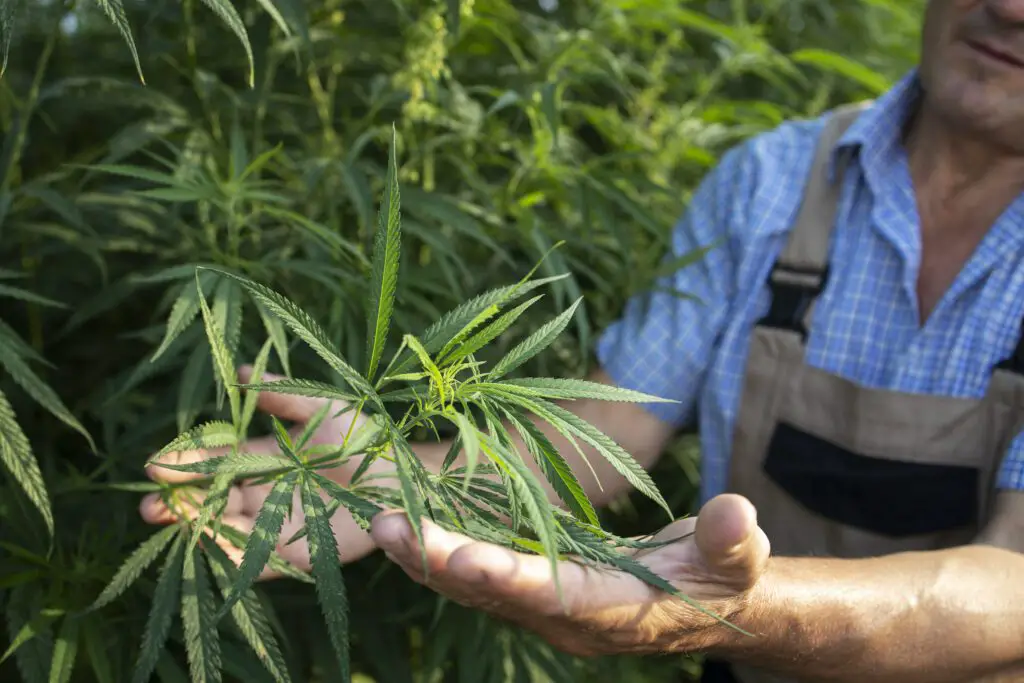
Sources:
– Smith, J. (2018). Super Soil for Super Cannabis. Cannabis Cultivator, 5(2), 26-29.
– McPartland, J. M. (2017). Cannabis in soilless culture: A horticulturist’s perspective. In H. G. Preedy, V. R. Patel, & L. R. Watson (Eds.), Cannabis Sativa L.-Botany and Biotechnology (pp. 451-466). Springer.
– Soil Science Society of America. (2019). Soil Amendments. Retrieved from https://www.soils.org/discover-soils/soil-basics/soil-amendments
super soil vs living soil for cannabis plant
Super soil and living soil are two terms that are often used interchangeably to describe a soil mix that is rich in organic matter and microorganisms, and that provides all the nutrients that cannabis plants need from seed to harvest. However, there are some subtle differences between them.
Super soil is a specific recipe for cannabis soil that was created by the breeder SubCool1. It involves layering a base soil with a heavily amended soil that contains various organic ingredients, such as worm castings, bat guano, blood meal, bone meal, kelp meal, and more. The amended soil is then left to compost for several weeks, allowing the microorganisms to break down the organic matter and make the nutrients available for the plants. Super soil is usually placed at the bottom of the pot, while the base soil is placed at the top. This way, the plants can gradually access the nutrients as they grow deeper roots.
Living soil is a more general term that refers to any soil that has a diverse and active microbial community, such as bacteria, fungi, protozoa, nematodes, and earthworms. Living soil can be made from scratch, or it can be enhanced from existing soil by adding organic matter and inoculating it with beneficial microbes. Living soil can also be maintained by using organic mulches, cover crops, and compost teas. Living soil is usually used to fill the entire pot, and it does not require any additional fertilizers or supplements. Living soil can also be reused for multiple cycles, as long as it is replenished with organic matter and microbes.
Both super soil and living soil are excellent options for growing cannabis, as they can produce high-quality, potent, and flavorful buds with minimal effort and cost. They also have environmental benefits, as they reduce the use of synthetic chemicals and the generation of waste. However, some of the drawbacks of using super soil and living soil are:
- They can be expensive and time-consuming to make or buy
- They can be difficult to adjust the pH and nutrient levels
- They can be prone to pests and diseases if not properly managed
- They can be heavy and bulky to transport and store
Conclusion
Creating an optimal soil mix is of utmost importance for the successful cultivation of cannabis plants. The selection of ingredients plays a crucial role in determining the overall quality and nutrient content of the super soil. By choosing the right components for your soil mix, you can provide your plants with an ideal environment to thrive and produce high-quality yields.
Organic materials, in particular, offer numerous benefits when incorporated into your super soil mix. They enhance the fertility of the soil, improve its structure, and promote the growth of beneficial microorganisms. Additionally, organic materials contribute essential nutrients, such as nitrogen, phosphorus, and potassium, which are vital for the healthy development of cannabis plants. By utilizing organic ingredients in your soil mix, you can create an environment that supports the plants’ natural processes and helps them reach their full potential.
To know more about Super Soil Recipe, watch the video!
FAQS about super soil for cannabis Plant
How often should I water my cannabis plants in super soil?
It is important to monitor the moisture levels of your super soil. Water your cannabis plants when the top inch of soil feels dry to the touch. Avoid overwatering, as it can lead to root rot and other issues.
Can I reuse my super soil for multiple growing cycles?
Yes, you can reuse your super soil for multiple growing cycles. However, it is important to replenish the nutrients and maintain the pH balance between each cycle to ensure optimal plant health and growth.
Are there any specific pests or diseases that affect cannabis plants in super soil?
Cannabis plants grown in super soil are generally more resistant to pests and diseases due to the balanced nutrient profile and healthy microbial activity. However, it is still important to monitor for common cannabis pests like spider mites, aphids, and powdery mildew, and take appropriate measures if necessary.
Can I add additional amendments to my super soil mix?
Yes, you can add additional amendments to your super soil mix to customize it according to your cannabis plant’s specific needs. However, be cautious not to overload the soil with too many amendments, as it can disrupt the nutrient balance and potentially harm the plants.
How long does it take for the super soil to be ready for planting?
The time required for the super soil to be ready for planting can vary depending on the composting and curing process. It is recommended to allow at least 4-6 weeks for the soil to fully mature and stabilize before using it for cannabis cultivation.
Can I use tap water to water my cannabis plants in super soil?
Tap water can be used to water cannabis plants in super soil, but it is important to consider its pH and mineral content. If the tap water has high chlorine or fluoride levels, it is advisable to let it sit for 24 hours to allow the chemicals to dissipate or use a water filter to remove them.
How can I prevent nutrient deficiencies in my cannabis plants grown in super soil?
To prevent nutrient deficiencies, it is crucial to ensure a proper nutrient balance in your super soil mix during its preparation. Regularly monitor the pH levels and provide supplemental nutrients if necessary. Additionally, observing your plants for any signs of deficiency and taking prompt action can help prevent and address nutrient issues.
Can I grow other plants in the same super soil mix used for cannabis?
Yes, you can grow other plants in the same super soil mix used for cannabis. However, it is important to consider the specific nutrient requirements of each plant and make any necessary adjustments to the soil mix to cater to their needs.
Is it necessary to adjust the pH of the super soil before planting cannabis?
In most cases, super soil is already balanced and has a suitable pH for cannabis plants. However, it is recommended to test the pH of the soil before planting and make adjustments if necessary. The optimal pH range for cannabis is typically between 6.0 and 7.0.
Can I use synthetic fertilizers or pesticides with super soil?
It is generally not recommended to use synthetic fertilizers or pesticides with super soil. The organic nature of super soil promotes natural nutrient cycling and beneficial microbial activity, which can be disrupted by synthetic chemicals. It is best to stick to organic methods and products to maintain the integrity of the soil ecosystem.

Pallavi Gupta is a burgeoning writer at SouthElMonteHydroponics, blending her passion for data analysis with a keen interest in biotechnology. Currently pursuing a Bachelor’s in Biotechnology at Amity University, Pallavi delves into the intricacies of life sciences while gaining hands-on experience in the exciting world of data analysis. Her unique background provides a fresh perspective on hydroponic farming, as she explores the intersection of biotechnology and sustainable agriculture. Through her writing, Pallavi aims to bridge the gap between data-driven insights and innovative farming practices, inspiring others to harness technology for a greener future.

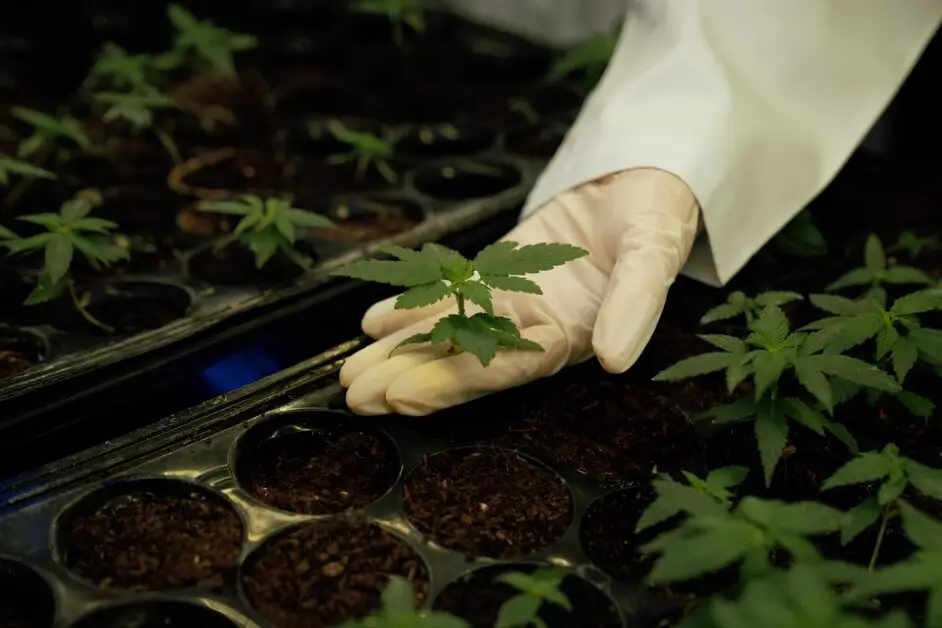

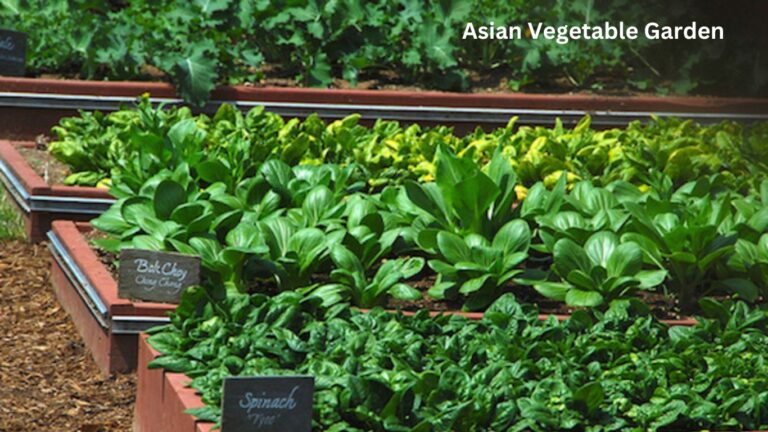
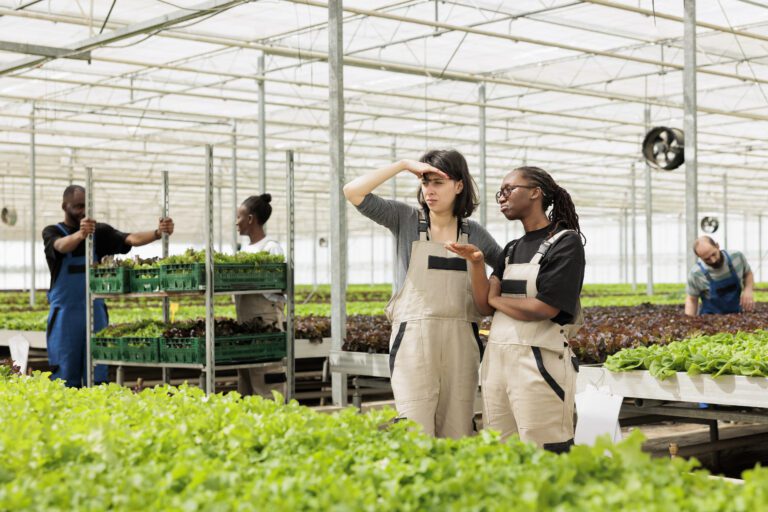

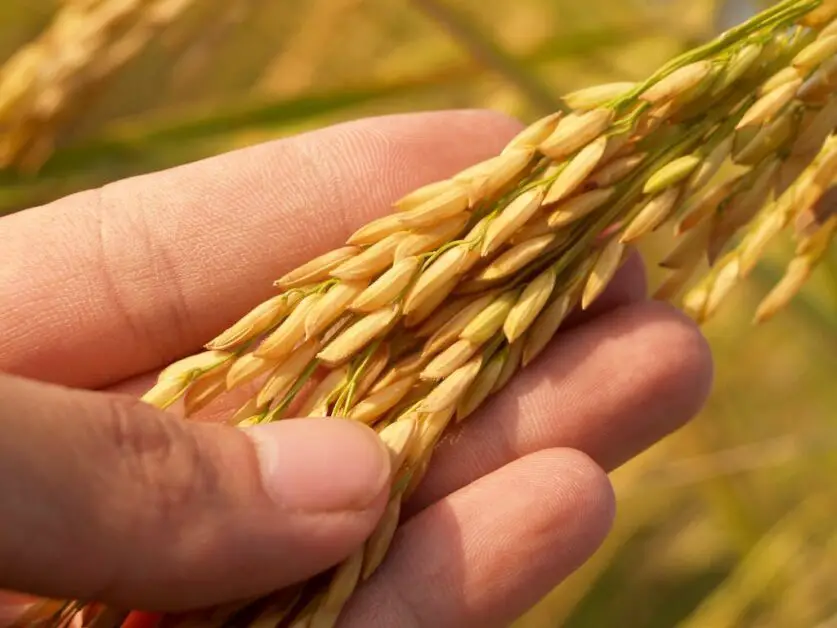
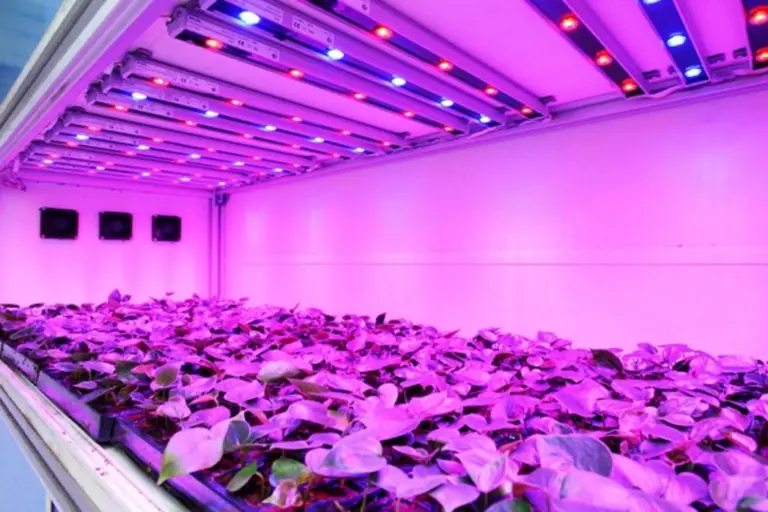
3 Comments